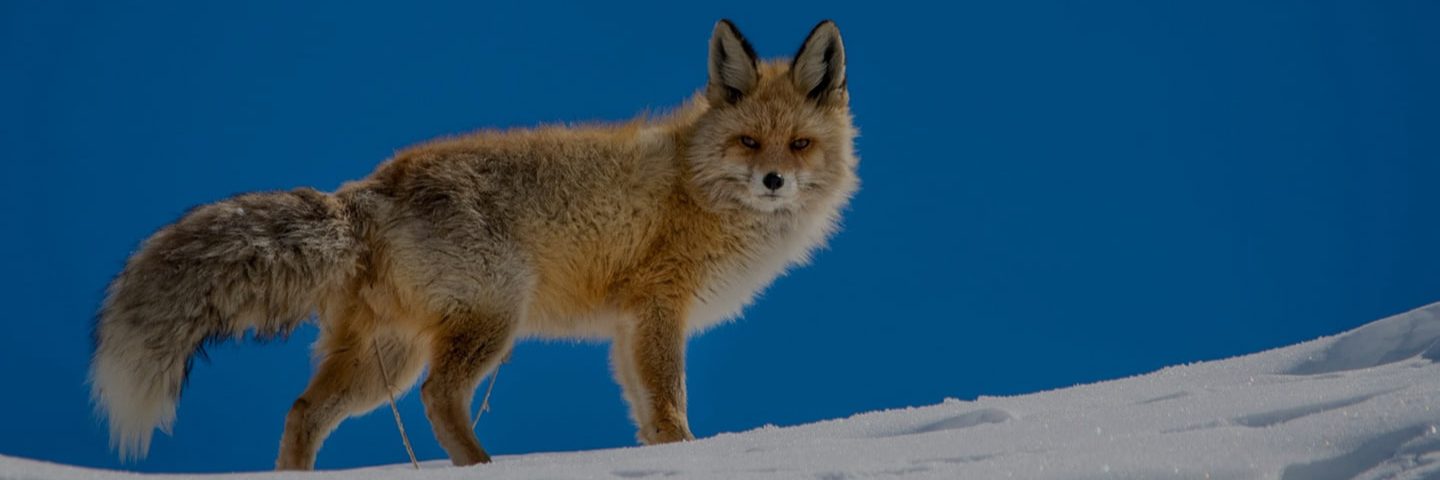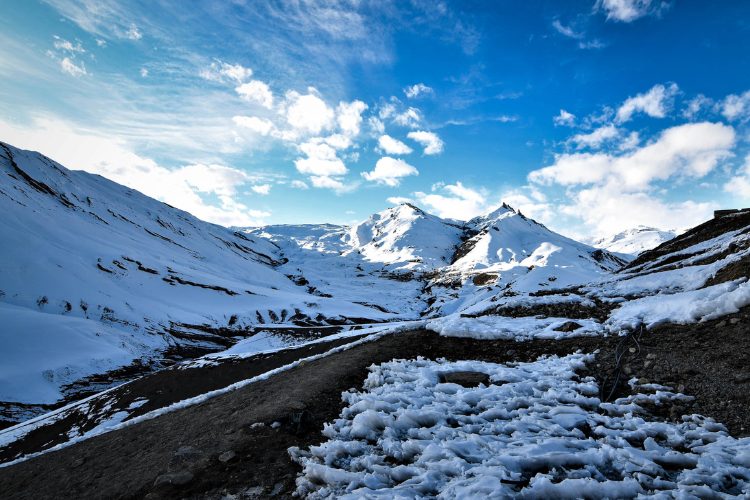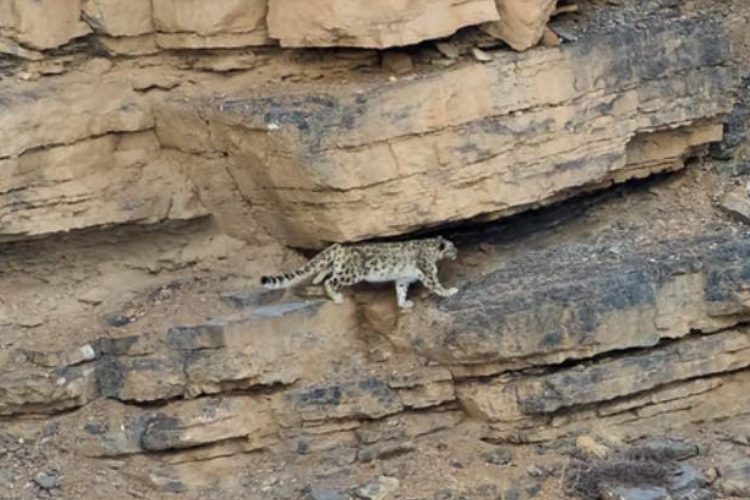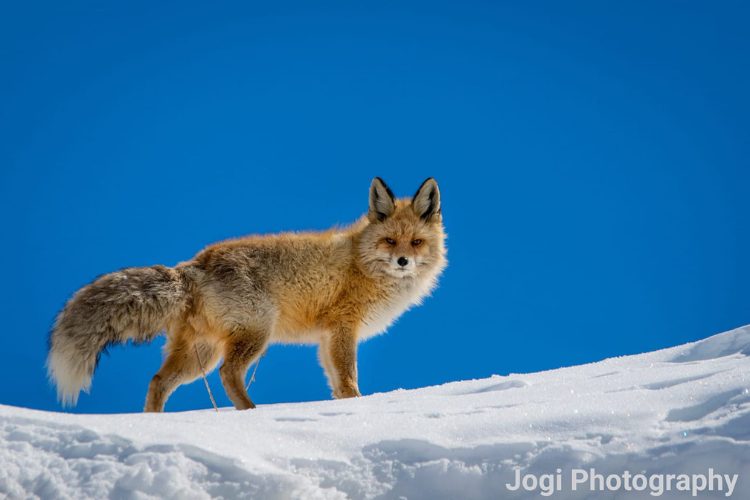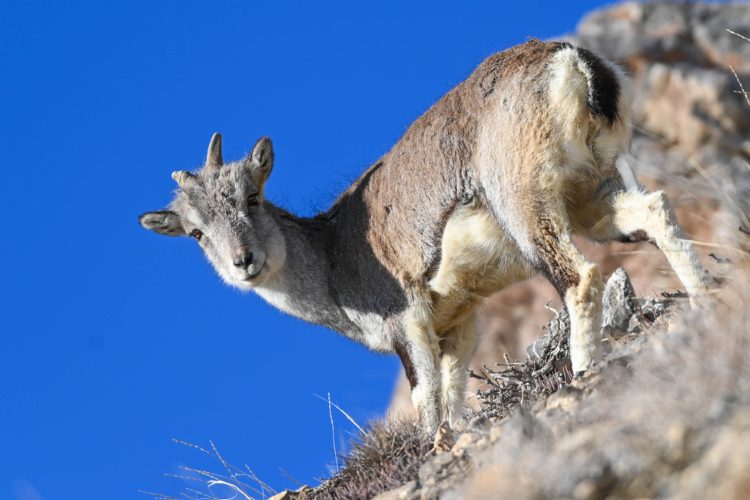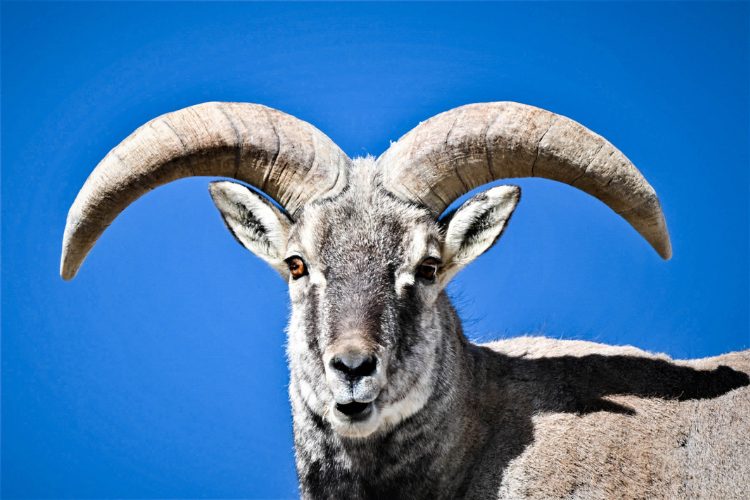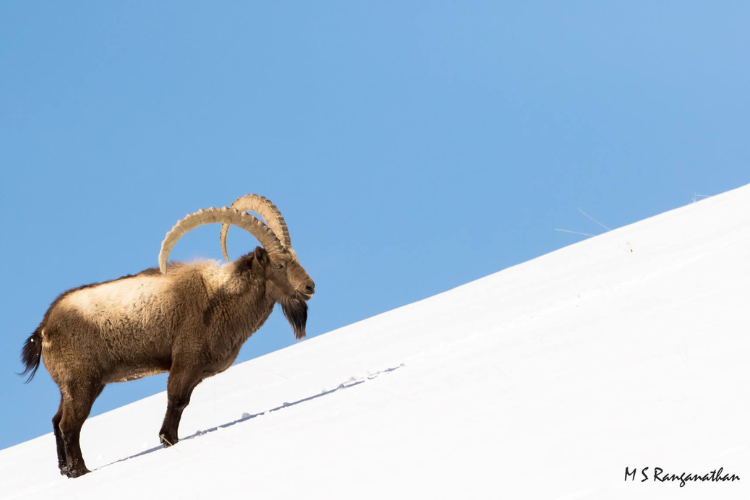Good To Know
Country
India
Country
State
India
Himachal Pradesh
Country
Nearest Airport
India
Chandigarh Airport
Country
Wildlife Sighting Index
India
9/10 for Snow Leopard sighting
Country
Beauty of Forest Index
India
9/10 Beauty of Forest
Country
Standard of Infrastructure Index
India
6/10 Stay & Amenities
Country
Bookings Open
India
60 Days in Advance
History of Kibber Wildlife Sanctuary
Kibber village is situated high in Spiti Valley in the region of the Himalayas, Northern India. The village is at a distance of 20 km from Kaza and travel to and fro is possible via bus service during the summer months.
In 1847, Spiti and Lahaul were under the jurisdiction of the British government as a division of the empire of Kangra. By 1960, the two areas were divided into individual districts with the sub-divisional headquarters at Kaza. The Kibber Wildlife Sanctuary was established in 1992. It stretches over a vast 2,220 square kilometres of land and is elevated up to 6,700 m above sea level. Sparse vegetation and medicinal plants dot the area, with at least 8 endangered medicinal plant species identified.
The ‘amchis’, Tibetan medical practitioners, take a significant part in the study of the local plants and their distribution for indigenous use. Under the ever-changing sky and rulers, the local villagers are devout and staunch in the Tibetan culture and traditions and follow the religion known as ‘Tibetan Buddhism’.
Flora of Kibber Wildlife Sanctuary
This snow-covered sanctuary has a surplus of flora and fauna. The sparse but magnificent greenery is speckled over the landscape creating a unique ambience in the white backdrop. The latest update confirmed almost ten thousand varieties of plants and trees in the region. Further, a plethora of wild vibrant flowers and up to 50 species of medicinal herbs and plants also run amok in Kibber. The elevated snowy desert even has significant coverage of grass species. Rosa sericea, Hipopheae and Lonicera and many more shrubs and grasslands add charm to the sanctuary. The coarse vegetation is further divided into Dry Temperate and Alpine Zone. The former consists of leafy fodder, firewood and timbre while the latter is abundant in plants such as Junipers, and Rhododendrons in the form of short shrubs. Ephedra, Rheum, Rosularia and Rhodiola grow bravely amidst patches of bare ground. Grasses like Chara and Agropyron become healthy food for the local herbivorous population.
- Chara
- Agropyron
- Juniperus macropoda
- Salix
- Betula
- Ephedra
- Rheum
- Rosularia
- Rhodiola
- Caragana
- Lindelofia
Fauna of Kibber Wildlife Sanctuary
Similar to the tricky flora, the fauna of this valley is also unique to its landscape. The habitats in this cold desert are home to a variety of rare and endangered species. The arduous terrain, magnificent vistas and inimitable fauna of this sanctuary can only be explored by trekking in the Kibber Wildlife Sanctuary. Firstly, the snow peaks of Kibber camouflage the elusive snow leopard, the jewel of Indian wildlife. Moreover, the atypical Siberian Ibex, Red fox, rare Pika, Himalayan Wolf, weasels and Tibetan wild ass are also found here. Yak is also a common mammal, frequently used as a porter for journeys in this region.
The high-altitude birdlife is also unique and exciting, avifauna like Himalayan snow cock, Himalayan billed chough, bearded eagle and griffons are seen flying high in the sky. Overall, the snowy panorama, enthralling animals and the breathtaking peaks of Chau-cahu Khanamo and Chau-chau Khang Nilda dominate the trip to this heaven on earth.
- Yak
- Nayan
- Tibetan Woolly Hare
- Himalayan Marmot
- Mouse Hare
- Ibex
- Blue Sheep
- Pika
- Tibetan Wolf
- Snow Leopard
- Weasels
- migratory waterfowl
- Blacknecked Crane
- Himalayan Snowcock
- Golden Eagle
- Lammergeier
- Himalayan Griffon
- Snow Pigeon
- Yellow-billed Chough
- Chukar
- Red fox
- Tibetan wild ass
For Package Details & Enquiry
Things to Enjoy near Kibber Wildlife Sanctuary
The Spiti valley is full of wonders and nature, begging to be explored. Trekking is the mainstay of exploration while on this expedition. Usually, 8-10 days’ worth of trekking tours are allotted to explore the sanctuary and track the elusive snow leopard, Himalayan Wolf and other mammals. Big cars like Scorpio transport the adventure seekers to a certain point ahead of which the true experience of mountain trekking lies. Identified treks like Pin – Bhaba and Pin – Parvati are somewhat popular amongst trekkers, but sometimes tourists also trek from village to village to truly assimilate the marvels of this cold desert.
Since temperatures rapidly fall as you get closer to the peak, yak safaris are popular amongst those who want to sightsee but are too tired to trek. Spiti and Pin valley are also home to some beautiful rivers. These flowing waters are a picture-perfect spot to raft and enjoy the cold weather and beautiful sceneries of the area. Kibber is also famous for hikes to attractive places like Tso Moriri Lake and Tso Kar Lake. You can also hike to Dangmachan peak which is at a height of 5157 m. The peak is situated right above the Kibber village and gives some stunning aerial views of the whole village. Owing to Tibetan Buddhism, several celebrated monasteries are located in the area. The key monastery, standing atop a hilltop at 4166 m is the largest in Spiti valley. It is also a training ground for Llamas.
Tabo, Dhankar and Komic monastery are also interesting places to visit. Surrounding the wildlife sanctuary are mysterious and appealing villages such as Kibber village itself which offers great views of the sanctuary and the nearby area alike. Moreover, the Dhankar village has a beautiful monastery and an even beautiful lake that tourists often love to spend time in. The mysterious village of Giu is a popular stop while on the snow leopard expedition at Kibber because of a 500-year-old mummy.
There are a ton of neighbouring flora, fauna, monasteries, handicrafts, lakes and more to explore while on the tour to Kibber Wildlife Sanctuary. This beautiful, distinct desert promises an unparalleled snow leopard expedition.
How to reach Kibber Wildlife Sanctuary
Despite the tough terrain and high altitude, local and statewide efforts have ensured peaceful routes to reach Kibber. Chandigarh Airport is the nearest international and domestic airport. It has good connectivity to all major cities. Another nearby airport is Kullu, however, it is not as well-connected to the rest of India as Chandigarh. The nearest railhead is also Chandigarh railway station, this station is recommended for travel to Kibber and is frequently chosen by tourists. From Chandigarh to Kibber, you can opt for local buses, rental cars or private vehicles. The distance between the two spots is 485 km.
Once in Chandigarh, you can travel by road to Kaza which is only 20 km away from Kibber Wildlife Sanctuary. Kaza is the nearest town to Kibber and is connected via roadways to Chandigarh, Shimla and Manali. Tourists can hail private taxis or public buses to make this journey. It is recommended to use private taxis for this journey as it will aid in acclimatizing to the high-altitude pressure in the area. For those who enjoy a long drive by themselves, travelling from Manali to Rohtang pass requires a permit. Once in Kibber, you can explore the area as you approach the Wildlife Sanctuary via roadways. The Kibber Wildlife Sanctuary itself is connected via roads to Kibber, Lhalung and Langza.
Stay Options at Kibber Wildlife Sanctuary
Although the difficult terrain and high peaks make amazing sightseeing spots, luxury accommodations in the area are sparse. Most resorts are homestays or pocket-friendly hotels with local housing, food and basic amenities. These hotels also help guests plan mountain treks and sightseeing trips as an additional bonus. Some popular ones include Norling Homestay, Deshek Homestay and Zostel. Nevertheless, once in the mountains, you will enjoy the quaint lifestyle and homely food as you wind down from the adventures of the day. The homestays are limited but comfortable with spacious rooms and sufficient supplies. Moreover, while you’re on the snow leopard expeditions in Spiti, you should try camping. Enjoy the cold nights in the vast valley with bonfires and deep skies above you. Wake up to the beautiful vistas of the Spiti valley and immerse yourself in its rich biodiversity.

